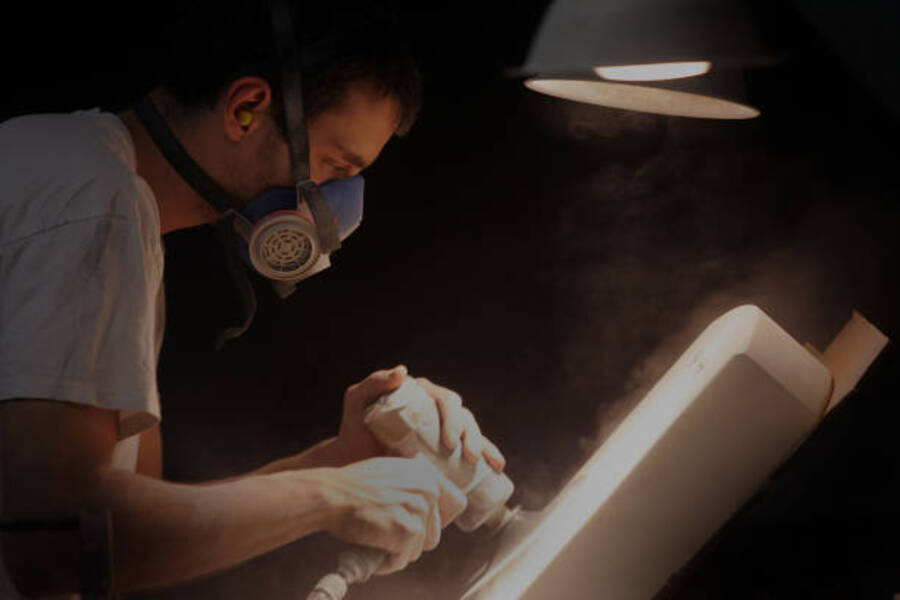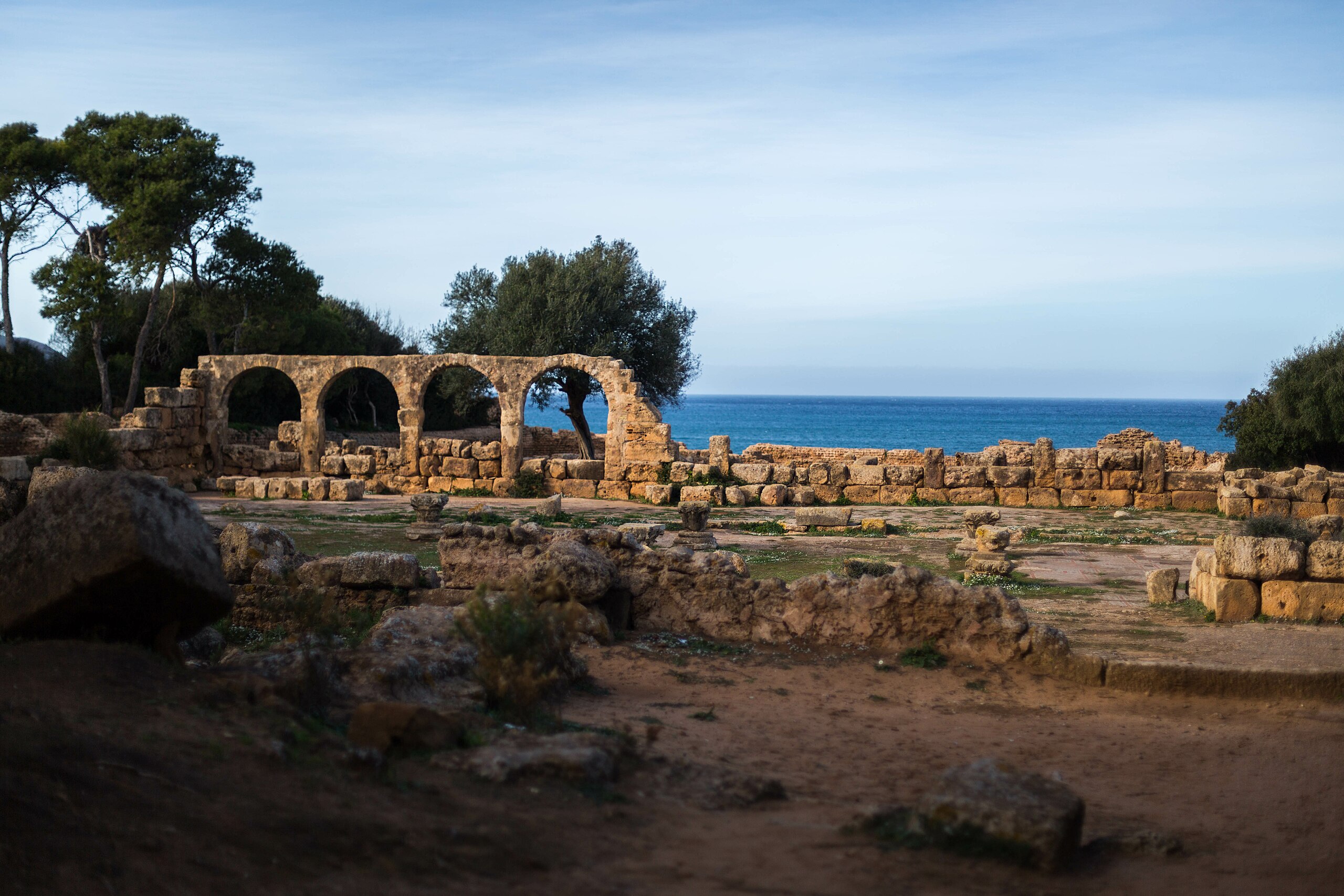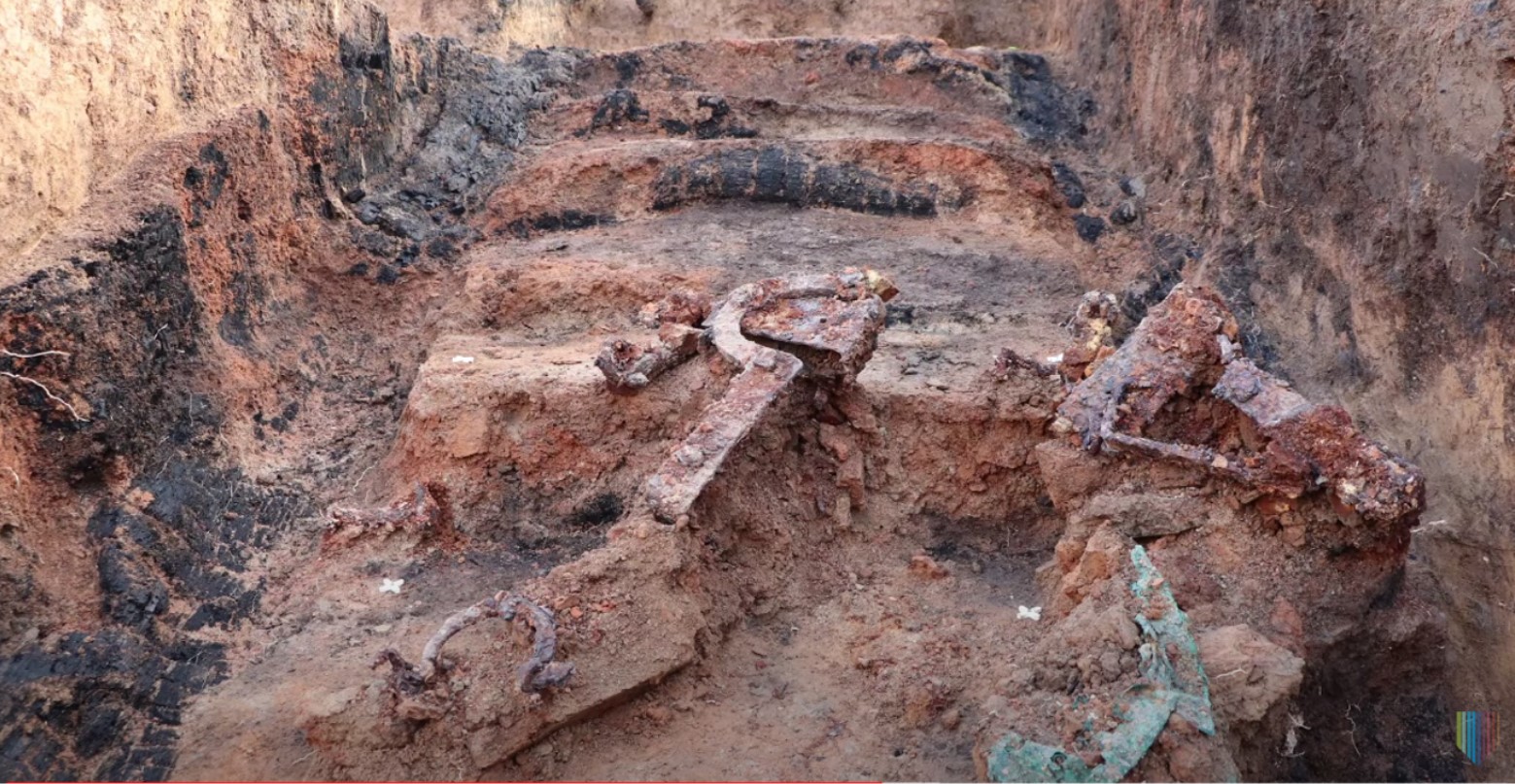The World’s Oldest Wine Has Been Discovered—Alongside Ancient Bones
In 2019, archaeologists unearthed a Roman tomb in Carmona, Spain, revealing the world’s oldest known wine. The 2,000-year-old white wine, found within a glass funerary urn, was preserved alongside a man’s bones.
This discovery surpasses the previous record held by the Speyer wine bottle from the fourth century AD.
An Unexpected Find
The tomb’s pristine condition played a crucial role in preserving the wine. Sealed and intact for centuries, it shielded the liquid from potential threats like flooding and condensation.

Source: Juan Manuel Román/Business Insider
The preservation surprised researchers, showcasing the effectiveness of ancient burial practices in maintaining the wine’s state.
Advanced Testing Techniques
According to Business Insider, to confirm the liquid’s identity, a team from the University of Cordoba conducted rigorous chemical tests.

Source: Freepik
They analyzed the liquid’s pH, organic matter, and mineral salts, comparing the results with modern wines from Montilla-Moriles, Jerez, and Sanlúcar. This meticulous process led to the identification of the liquid as genuine wine.
Polyphenols: The Key Clue
Polyphenols, biomarkers present in all wines, provided the crucial evidence. Researchers detected seven specific polyphenols found in contemporary wines from the region, confirming the liquid’s authenticity.

Source: Freepik
The absence of syringic acid suggested the wine was white, aligning with historical records, though its degradation over time was also considered.
Wine's Role in Roman Funerary Customs
In ancient Rome, wine was strictly a man’s beverage. A deceased man’s bones were traditionally immersed in wine, accompanied by artifacts like a gold ring and cremated bone fragments.

Source: Caleb Miller/Unsplash
This practice reflects the significant role wine played in Roman funerary customs and the gender divisions of the time.
A Contrast in Burial Practices
While the male remains were found in wine, the female remains in the tomb were housed in an urn without wine. Instead, her urn contained amber jewels, a patchouli-scented perfume bottle, and silk fabric remnants.

Source: Freepik
These items highlighted her personal adornments and social status, showcasing the distinct funerary customs for men and women.
The Tomb's Historical Significance
The tomb’s discovery provided invaluable insights into ancient Roman funerary practices. It illuminated the rituals and beliefs surrounding death, highlighting the importance of preparing for the afterlife.

Source: Joe Raedle/Getty Images
The tomb’s contents revealed the cultural and social aspects of the time, offering a glimpse into the lives of the individuals buried there.
Comparing to Modern Wines
The mineral salts found in the ancient liquid were similar to those in modern white wines from the Montilla-Moriles area.

Source: Unknown Author/Wikimedia Commons
This similarity helped researchers trace the wine’s origin, despite the lack of comparable samples from the same era. The findings underscore the region’s long-standing winemaking tradition.
A Glimpse into Roman Life
The discovery sheds light on the everyday lives of ancient Romans, particularly their burial customs and social practices.

Source: Wikimedia Commons
It reveals the significance of wine in their culture and its role in rituals and ceremonies.
The Importance of Preservation
The pristine condition of the tomb highlights the effectiveness of ancient preservation methods. It demonstrates how environmental factors and meticulous sealing can maintain artifacts for millennia.

Source: Wikimedia
This discovery emphasizes the importance of preservation in archaeology and the insights it can provide into historical practices.
An Archaeological Milestone
The identification of the world’s oldest known wine marks a significant milestone in archaeology. It showcases the advancements in scientific techniques and their application in uncovering historical artifacts.

Source: @DenkmalamtFFM/YouTube
This discovery not only enriches our understanding of ancient Roman life but also highlights the ongoing importance of archaeological research.
Rediscovering the Past
Nearly two millennia later, the rediscovery of Hispana, Senicio, and their companions has provided invaluable insights into ancient Roman funerary practices.

Source: iStock
Their tomb not only reveals the rituals of the time but also showcases the extraordinary preservation of the world’s oldest wine (that we know of).
